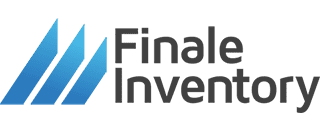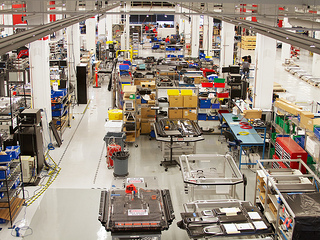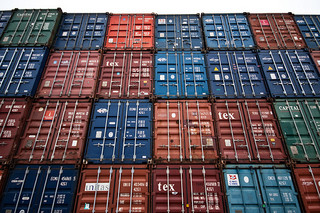How to Separate Savings from Risks

For years, cost savings has dominated the minds and activities of procurement professionals. State of Flux issues studies and reports on trends in the procurement industry. Cost savings consistently reigns in terms of importance. However, for the first time ever, this study revealed that risk management is now the number one driver in procurement, indicating that supply chain managers are realizing how much risk management means to the bottom line of their businesses.
This article is for Premium Members only. Please login below to read the rest of this article.
Not a Premium Member yet? Become one today.
[login_form redirect=’https://www.procurementbulletin.com/how-to-separate-savings-from-risks’]
[show_to accesslevel=’Premium Members’]
Realizing the Importance of Risk Management

Supply chain managers focus on cutting costs here and there, and might fail to realize that one mishandled risk can undo months or years of cost savings instantly. For example, selecting a cheaper supplier in a region susceptible to earthquakes, tsunamis, or social and political turmoil might save money for a time. However, as soon as natural or social issues derail the supplier’s operations or their ability to ship products out to your manufacturing facilities, all of those savings go out of the window, as your operations shut down and customers go to someone else for their products. Of course, these extreme examples are not the only things that can delay or derail your profits, but any time you cut costs by assuming more risks, well, you’re taking a huge risk with profits.
Realizing the Place of Cost Savings
That is not to say that any expenditure to reduce risk is worth the cost. Today’s economic client benefits the lean, strong companies and punishes those with bloated budgets. Thorough risk assessment needs to be done before any decision is made. The point is not to underestimate what those risks could potentially cost if the worst happens. Supply chain managers have historically been confined to back room operations, a mere subset of the company’s broad picture. However, times are changing, and supply chain professionals are now being realized as the backbone of manufacturing operations. Frankly, without good decisions on their part, the rest of the company need not bother trying. Five considerations should always go into any risk assessment:
- What is the worst that could happen?
- If it does happen, what will the cost be?
- Can the company justify the cost savings in light of the risk?
- How can risks be minimized while cost savings are maximized?
Is there a less risky way to achieve the same cost savings?
Balancing Between Risk and Savings

Often, there are ways to save the same amount of money without assuming risks, especially when it comes to over dependence on outside suppliers. For example, workload automation can drastically cut labor costs within your
own facilities without assuming the risk associated with an outside supplier. However, suppliers are usually a necessity at some level. Modern supply chain professionals are looking toward establishing stronger relationships with lower tier suppliers to help access and offset these liabilities.
How Supplier Relations Minimize Risk
Getting to know the suppliers is one of the newest and most profitable trends in supply chain management. By building a relationship with second, third, and lower tier suppliers, companies are more aware of what materials and products are available to them and less dependent on second-hand information offered by their direct suppliers. Building relationships with lower tier suppliers is but one way to balance risk and savings, but if leveraged correctly, it can be among the most powerful.
Find new ways to lower costs within your company while refusing to assume to accept risks that sink lesser competitors. [/show_to]








